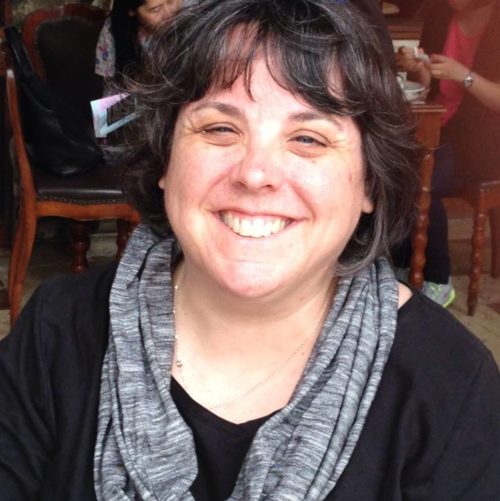I’ve written here before about my long years never decorating for Christmas–I was busy, I travel every Christmas, it seemed like too much work for just me. But when I moved houses–followed by COVID Christmas at home–I started taking the time. I got an artificial tree. I put up lights. And on from there. This summer, as I finalized my father’s house for sale, I brought home some of the creches my mother had collected, lots of Christmas ornaments (for which I became unbelievably nostalgic), and a range of other Christmas decorations to add to my own collection. I now have a couple new storage tubs in the downstairs closet.
My tradition has been to put everything up the day after Thanksgiving and take it down on Epiphany Sunday. But this year, I got home from traveling–and never seemed to find the time or motivation to take things down or put them away. Or rather, I did begin to very slowly migrate various things to the dining room table, but the tree stayed up, albeit with the twinkle lights turned off. I can’t really account for my languor, except to say that, through the very dim January we had, it all still gave me joy. And–I also took seriously when someone online observed (perhaps in jest) that the real deadline was Candlemas. I felt vindicated.
I wasn’t very familiar with Candlemas in name–beyond knowing that it was at the beginning of February. Forty days after Christmas, it’s the feast that commemorates Jesus’s presentation in the Temple. Even if my Protestant upbringing didn’t call it Candlemas, I’ve long loved the stories of Anna and Simeon, two elderly people who had lived faithfully for years in anticipation of the arrival of the Savior. What a testimony they are of what a long journey of faith, of what committing to the promise, can look like.
But has to have been hard to wait like that. And for so long. Of course, Luke 2 records the triumphant moment of revelation, but what of all the silent years before? And the knowledge that life is now drawing to a close? How to process that?
I came across one of T.S. Eliot’s minor poems, written around the time of his own conversion, his own revelation. The poem is weary and honest about the horrors of the worlds–violence and displacement and death. And yet, and yet, and yet.
In this new year, we have plenty of our own lamentations to negotiate, as we wait for the fulfillment of the final promise. Grant us thy peace, indeed.
A Song for Simeon --T.S. Eliot Lord, the Roman hyacinths are blooming in bowls and The winter sun creeps by the snow hills; The stubborn season has made stand. My life is light, waiting for the death wind, Like a feather on the back of my hand. Dust in sunlight and memory in corners Wait for the wind that chills towards the dead land. Grant us thy peace. I have walked many years in this city, Kept faith and fast, provided for the poor, Have taken and given honour and ease. There went never any rejected from my door. Who shall remember my house, where shall live my children’s children When the time of sorrow is come? They will take to the goat’s path, and the fox’s home, Before the time of cords and scourges and lamentation Grant us thy peace. Before the stations of the mountain of desolation, Before the certain hour of maternal sorrow, Now at this birth season of decease, Let the Infant, the still unspeaking and unspoken Word, Grant Israel’s consolation To one who has eighty years and no tomorrow. According to thy word, They shall praise Thee and suffer in every generation With glory and derision, Light upon light, mounting the saints’ stair. Not for me the martyrdom, the ecstasy of thought and prayer, Not for me the ultimate vision. Grant me thy peace. (And a sword shall pierce thy heart, Thine also). I am tired with my own life and the lives of those after me, I am dying in my own death and the deaths of those after me. Let thy servant depart, Having seen thy salvation.


3 Responses
Very lovely, thank you.
If you’d like to hear Eliot read “A Song for Simeon” go here
Make it sound even more weary! Thanks, Steve.